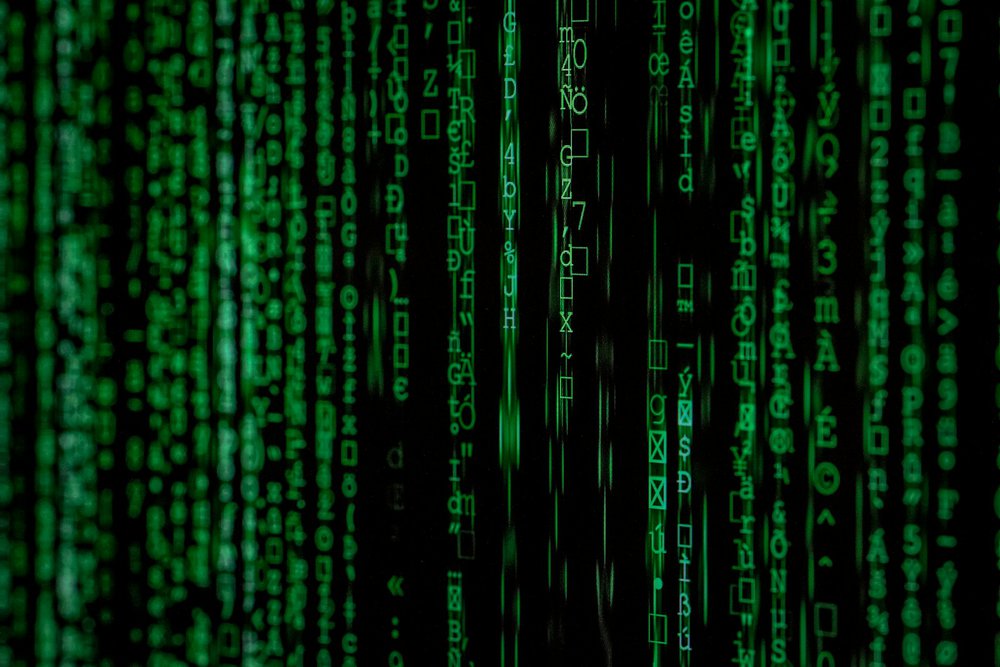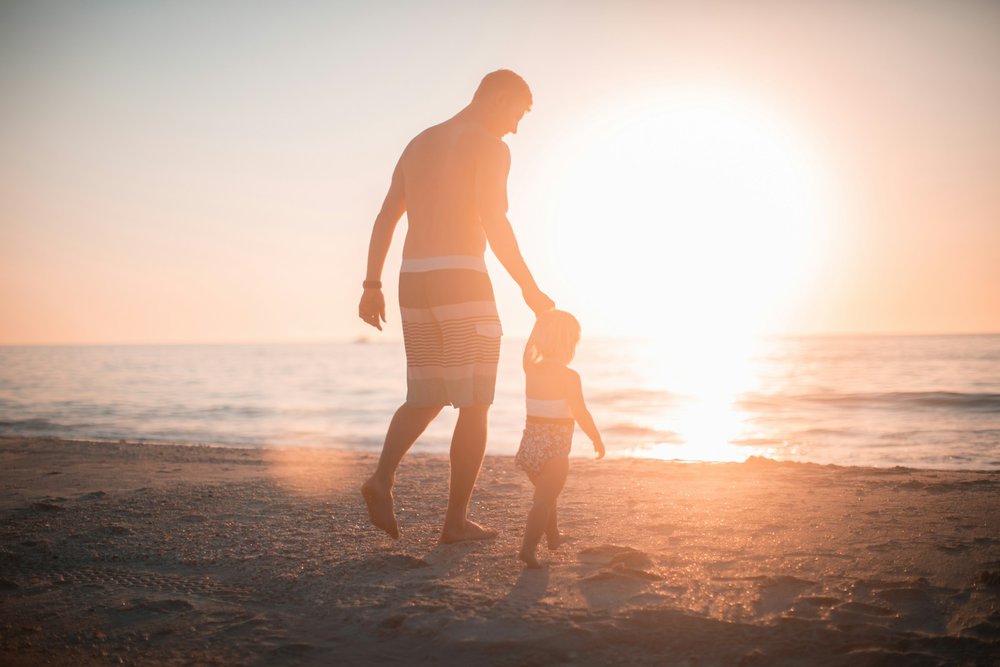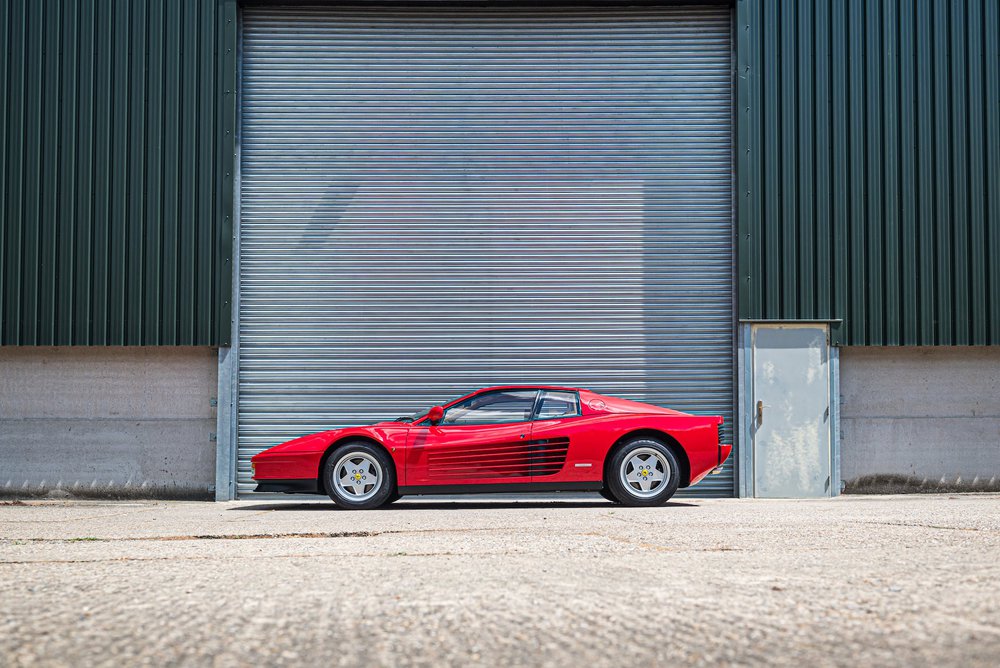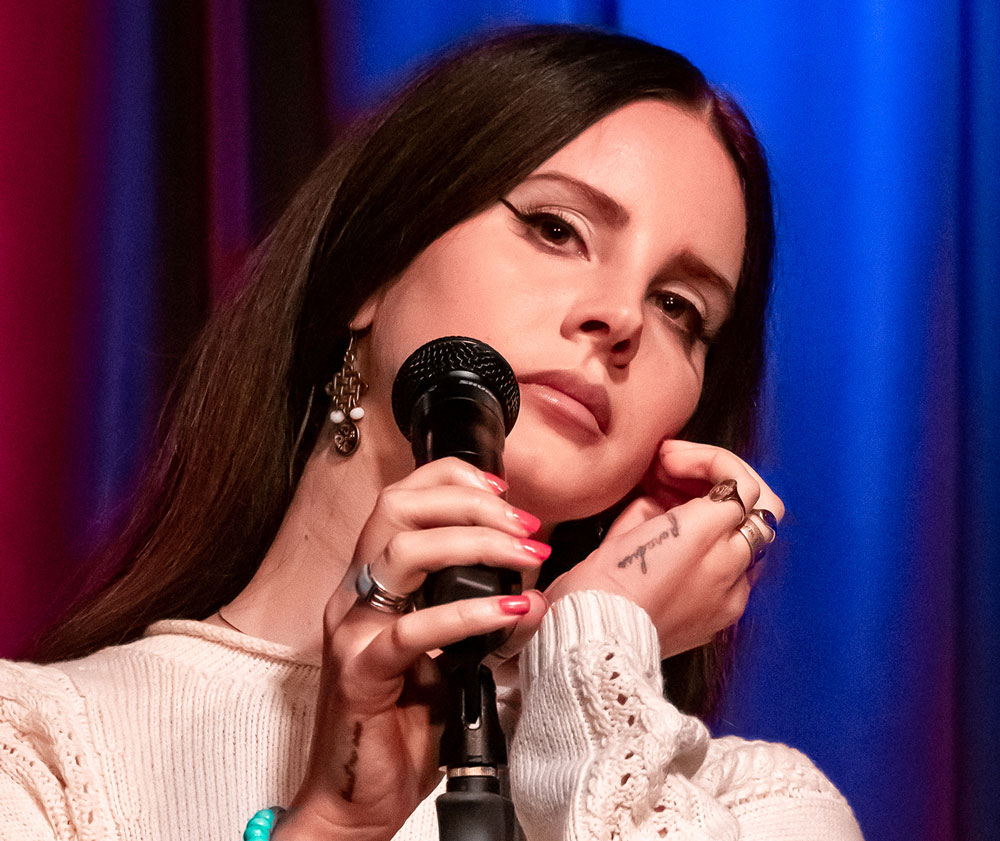The luxury industry is completely redefining its scope right now. From the explosion of internet and specially Social Media, Millennials being so radical in terms of choices and a new luxury culture being established… all these elements bring luxury brands to develop new strategies. The time during which luxury brands would arrogantly dictate what people should wear or do is over. Here are 4 luxury trends that you better watch out if you wish to keep ahead of the luxury game.
luxury [ luhk-shuh-ree, luhg-zhuh- ]
Main Entry: luxury
Part of Speech: noun
Definition: great pleasure, indulgence
Synonyms: affluence, bliss, comfort, delight, enjoyment, exorbitance, extravagance, frill, gratification, hedonism, high living, immoderation, intemperance, leisure, luxuriousness, opulence, rarity, richness, satisfaction, splendor, sumptuousness, treat, well-being
Antonyms: austerity, economy, frugality
The Luxury Market, big money for a worldwide business
We estimate the global luxury market in 2017 up to $289 Billion (source: Worldwide Luxury Market Monitor). This represents a good increase of 4% compared to last year. A big portion of this number comes from Luxury personal luxury goods, including high-end fashion, hand-bags and jewelry. The growth we expect in 2017 will be driven by strong sales in accessories, jewelry and beauty products in mainland China, where the sector had been hampered by a slowing economy in that country, as well as in Europe. After what we could call the “Trump Bubble”, The American luxury market is not going very well. Tourism is declining, especially because of the travel restrictions. Brazil and LatinAmerica are also passing by difficult times with all the corruption cases. So Europe and China will definitely be the leading regions to drive sales in the luxury market. If we look at region after region this is what we could say: In Europe, recovering tourist flows and increased consumer confidence will drive growth 7 percent to 9 percent at constant exchange for the region’s luxury market in 2017. Sales will grow 6 percent to 8 percent in mainland China, Bain forecast, as efforts to bring prices in line with other regions encourage consumers to make more luxury purchases at home.In the Americas, struggling department stores in the U.S. – the world’s largest luxury market – and slumping tourism are expected to curb luxury sales, which are expected to decline as much as 2 percent. Through 2020, sales of personal luxury goods will grow 3 percent to4 percent per year at constant exchange and we can see the rise of new luxury brands that probably will embrace new forms of luxury, which might represent a strong competitive advantage.
In the incoming years, 3 interesting trends will reshape the way luxury brands will communicate and build their businesses.
- Hyper-Luxury, la crème de la crème
- From Standardization to Personalization
- Millennials are the future of luxury
- Luxury is eco-responsible
1- Hyper-Luxury, la crème de la crème
A Hermes Kelly bag, a Bulgari emerald ring, or a Serge Lutens Fragrance? No thank you. Not luxury enough! In deed welcome to the era of the Hyper-Luxury. The luxury industry has changed quite a lot. Consumers looking for premium products and services get more demanding and a real segmentation has happened. Some of them are looking for hyper exclusive products and services. Hyper luxury consumers are no longer happy being targeted as common luxury consumers, they want products expensive enough to match their status. However, conversely, the common luxury consumer is finding it harder to keep up their prestigious lifestyle. Millionaires and billionaires are leading the way. How do we define this new luxury segment? Hyper luxury represents products that are rare, exclusive, extremely high quality, often handmade and unapologetically expensive. The very (very,very) rich luxury consumer has a deep desire for very expensive goods and destination shopping which only they can afford. One of the side effects of this phenomenon is the fact that designers and retailers are obliged to increase their prices in order to meet the needs of this new market. Recently we could see brands like Louis Vuitton who would bring a strong difference between a $1’000 bag in good quality leather from an Aligator skin handbag at $40’000.
In January 2016, the Mandarin Oriental Barcelona unveiled two luxury programs for people running in the March 2016 Barcelona Marathon. The hotel’s Marathon Package includes three night’s accommodation, personalized coaching, a running t-shirt, and two spa treatments; Get Ready offers a five-day training plan designed in collaboration with a local sports medicine clinic. Prices for the package start from EUR 2,025 for two people sharing. It provides a premium experience to people seeking a different way to travel.
Hyper luxury represents products that are rare, exclusive, extremely high quality, often handmade and unapologetically expensive
Another interesting aspect of this hyper-luxury trend has to do with security. According to The Knight Frank Wealth report, 39% of Ultra High Net Worth Individuals (UHNWIs) worldwide say that online privacy and security is an issue of concern for them when it comes to the creation and preservation of their wealth. They would spend thousands of dollars to protect their data with sophisticated security vaults. In July 2016, luxury Italian jeweler Bvlgari partnered with WISeKey on an app that provides security around mobile payments and other smartphone data. The Bvlgari Vault app is a secure platform that can protect a user’s passwords, banking information, pictures, videos and messages. The information is stored by the app in a high-security bunker in the Swiss Alps. The app can be unlocked in a number of secure ways, including via TouchID and face recognition. Launch of the app followed the 2015 release of a Bvlgari smartwatch that offered similar data security features.
2- From Standardization to Personalization
One of the most interesting trends that has been constantly growing in the past 10 years is what we call personalization. People have enough of the standardization. The uniqueness of luxury supports the idea that you get an unique piece of art, like a painter original art work. There is only one David by Michelangelo. French luxury shoes brand JM Weston have a service in their manufacture called “Commandes Spéciales”, basically there is no limit to the choice of your shoes. Exotic leathers and precious metal treatments are possible, adding a “zero” to the bill of your mocassins. This represents the ultimate personalization in terms of shoe making. You can choose every single detail of your shoe, making the final combination unique.
![]()
Personalization is also part of high-end luxury hotels. When a hotel knows exactly every single detail of their guest’s preferences, it creates an amazing experience:
- The kind of flowers you like to have in your bedroom
- How you like your meat cooked
- Your preferred wine
- What type of shows you like to attend
- Do you have a preferred waiter…
Each detail counts to make the best experience ever. Luxury travel is for sure one of the biggest trends in terms of personalization. People are ready today to experience uniqueness through the quality of the service provided. Massive tourism and group holidays were the hottest topic 20 years ago. It allowed millions of people to discover new countries and experience a certain level of local culture. Today, people expects to have things adapted to their needs and aims. They expect to experience something that their neighbor will not experience. One of the reflections of this massive trend is the development of hundreds of private conciergerie. From Banks, to credit cards, hotels and standing alone solutions, everybody offer private services to the person. A private concierge is a very juicy business in which customers are happy to pay the strong price if they can have the best tickets, the best restaurants and hotels. Personalization is somehow answering to the true nature of each people.
3- Millennials are the future of Luxury
While emerging markets like Brazil, India or China have ups and downs, mature markets like the UK or the US are pretty stable or even slightly growing. This generates a strong interest on Luxury news as the luxury customers are more and more keen to discover more about brands, products and services. The younger they are the more informed they want to be. Among the younger customers, there are the Millenniums. They are below 25 years old and some of them have money. Millenniums have more than $US 200 billion to spend and they contribute to $US 500 billion indirectly through influencing their parents (source: US Chamber of Commerce). By 2017, this generation is supposed to outspend the BabyBoomers. They are “hyperly” connected and engage with luxury brands in ways we would not imagine. They are also very demanding and traditional luxury is not enough. Millennials spend a total of 18 hours everyday consuming media: Digital, Tv, Print and Radio. When you know that there are 24 hours in a day, it does not let room for work and sleep. Actually the daily 18 hours are cumulative. Basically when they declare spending 2 hours on facebook, one hour texting and 3 hours watching TV they might be doing all these at the same time. So rather than spending 6 hours, it is only 3.
4- Luxury is eco-responsible
The luxury industry has taken little care of the planet for decades. While sourcing the wildest materials around the globe and increasing the Co2 footprint for years, Ecology is now a strong topic that should be part of our daily lives as a foundation. Luxury brands need to adapt as their customers will more and more adapt their purchase behavior based on this.
“45% of all luxury customers tend to take more in consideration an eco-friendly brand during their shopping sessions” – Forbes, 2016.
A very good example is the Fragrance and Fashion brand Thierry Mugler (Clarins Group). For more than 20 years, they have developed refillable flacons for their iconic fragrances, meaning that you do not need to throw it away once it is empty. You can go to a perfumery shop and refill it again. According to the brand this action saved more than 15 million flacons from the garbage and all the recycling efforts.
They are launching this year a new fragrance called AURA MUGLER that follows the same principle. You can either refill your flacon at the point of sale, or purchase an environment friendly refill that is easier to recycle.
Eco-Responsible brands goes from packaging, ingredients sources, fair-trade, recycling, CO2 footprint and even the attitude of their CEOs. For the past 5 years, there was a very strong conscious that our planet is not in a good shape and that there are several challenges that will need to be taken into consideration. In June 2016, Fortune Magazine reported that 17 new billionaires had joined the The Giving Pledge, a group started by Warren Buffett and Bill and Melinda Gates that requires its ultra-rich members to commit to give the majority of their wealth to good causes. The group includes Richard Branson, Ted Turner and Sheryl Sandberg, and now has 154 members from 16 countries. Meanwhile, December 2015 saw Mark Zuckerberg and Priscilla Chan announce that they will give away 99% of their shares in Facebook to serve good causes.
As we can see, luxury is evolving faster. New brands are rising and by adopting the right behaviors, they will for sure conquer the hearts of the luxury customers. The world is changing, so is luxury.
José Amorim
Info sourced at trendwatching.com, Forbes, deloitte.com, marketingweek.com, linternaute.fr, Le Monde Pixels. All content is copyrighted with no reproduction rights available. Images are for illustration purposes only.




